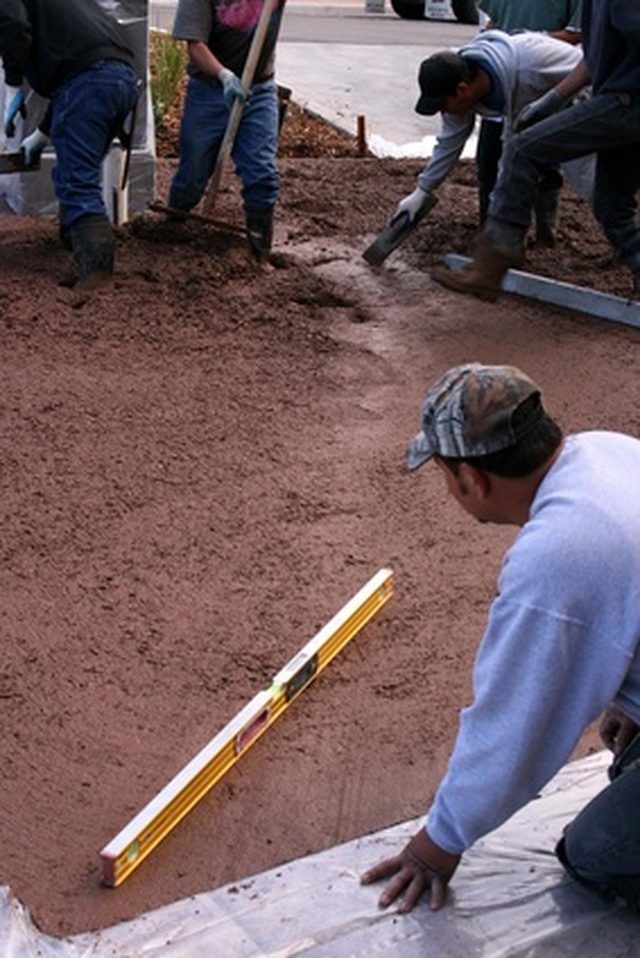Bulbs
Flower Basics
Flower Beds & Specialty Gardens
Flower Garden
Garden Furniture
Garden Gnomes
Garden Seeds
Garden Sheds
Garden Statues
Garden Tools & Supplies
Gardening Basics
Green & Organic
Groundcovers & Vines
Growing Annuals
Growing Basil
Growing Beans
Growing Berries
Growing Blueberries
Growing Cactus
Growing Corn
Growing Cotton
Growing Edibles
Growing Flowers
Growing Garlic
Growing Grapes
Growing Grass
Growing Herbs
Growing Jasmine
Growing Mint
Growing Mushrooms
Orchids
Growing Peanuts
Growing Perennials
Growing Plants
Growing Rosemary
Growing Roses
Growing Strawberries
Growing Sunflowers
Growing Thyme
Growing Tomatoes
Growing Tulips
Growing Vegetables
Herb Basics
Herb Garden
Indoor Growing
Landscaping Basics
Landscaping Patios
Landscaping Plants
Landscaping Shrubs
Landscaping Trees
Landscaping Walks & Pathways
Lawn Basics
Lawn Maintenance
Lawn Mowers
Lawn Ornaments
Lawn Planting
Lawn Tools
Outdoor Growing
Overall Landscape Planning
Pests, Weeds & Problems
Plant Basics
Rock Garden
Rose Garden
Shrubs
Soil
Specialty Gardens
Trees
Vegetable Garden
Yard Maintenance
How to Power Trowel Cement
How to Power Trowel Cement. For the perfect finishing touch on your newly laid concrete floor, you need to use a power trowel, which puts a tough, durable surface along the top of dried, leveled concrete. However, if the surface has not hardened, the trowel blades can damage the concrete, causing you to have to re-lay the concrete and go through...

For the perfect finishing touch on your newly laid concrete floor, you need to use a power trowel, which puts a tough, durable surface along the top of dried, leveled concrete. However, if the surface has not hardened, the trowel blades can damage the concrete, causing you to have to re-lay the concrete and go through the process all over again. Knowing how to use the power trowel properly is just as important as using it to finish off your flooring.
Things You'll Need
Sneakers
Heavy-duty gloves
Power trowel
Float blades
Finishing blades
Plug in the power trowel, and put your safety gear and sneakers on. Heavy work gloves give you a better grip on the machine, and sneakers give you better balance and support while using it.
Attach the floating blades to the bottom of the trowel. These floating blades are used for the initial troweling where they are almost flat to the concrete surface, creating circular marks to be covered with the next trowel process.
Stand in one corner of the floor with the machine in front of you, moving from one side to the other and backwards to remove footprints you may leave in the concrete.
Take off the floating blades and attach the finishing blades for the second trowel process. Place your hand on the concrete. If any small indentation is left, the second process should not be done. Wait until you cannot leave a handprint in the concrete.
Increase the angle on the blade to between 5 and 10 degrees. Remember that the steeper an angle is, the harder, smoother and more vibrant the concrete floor will be.